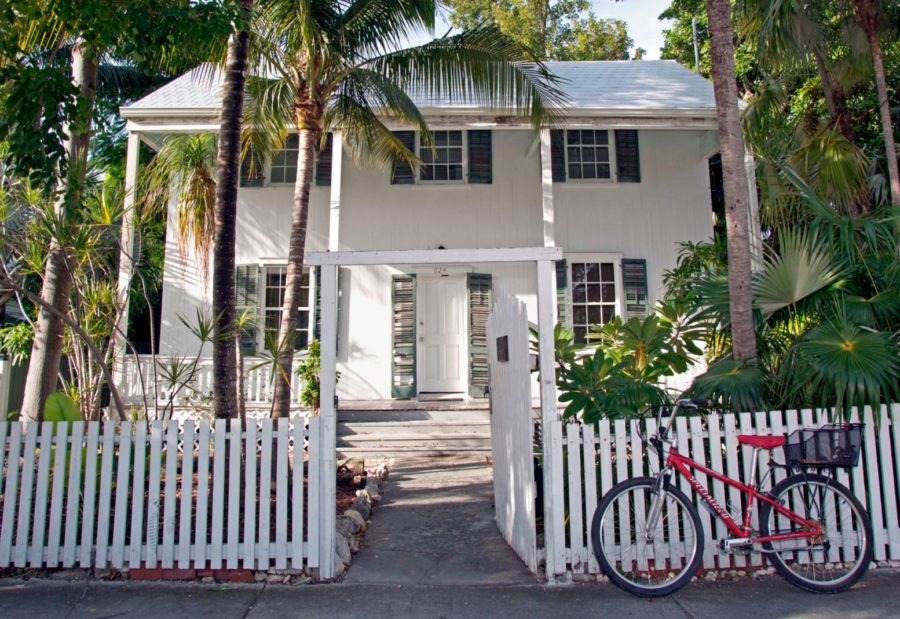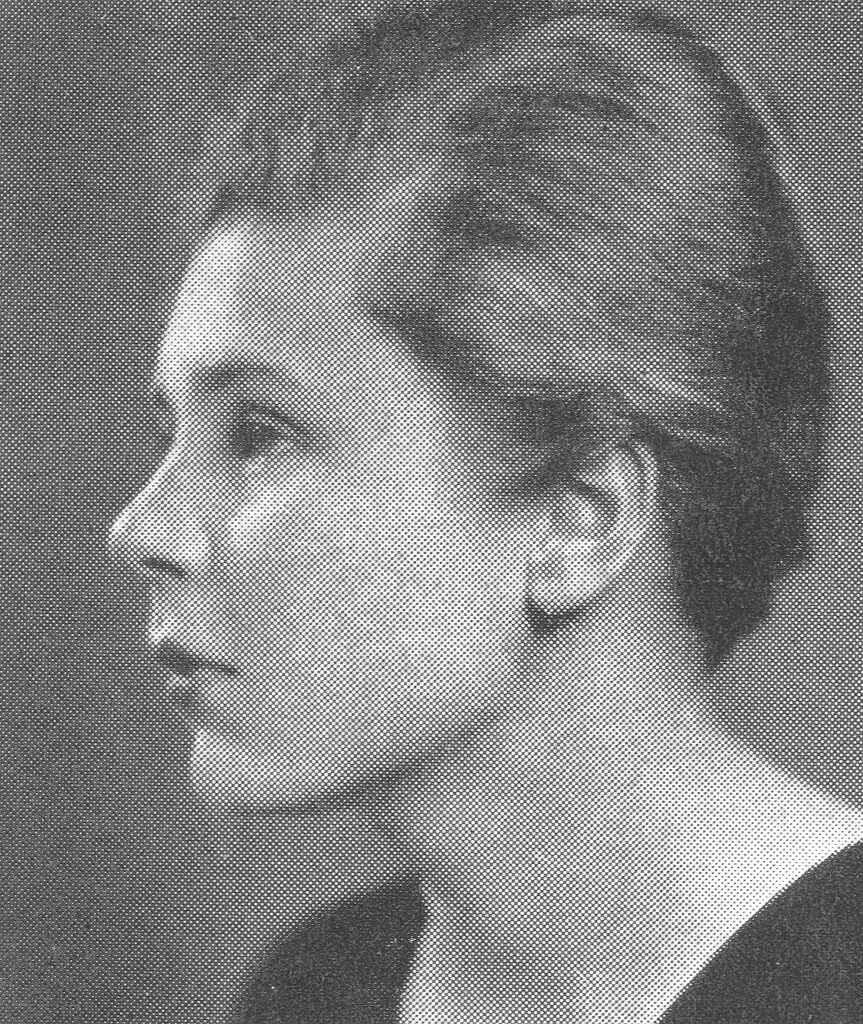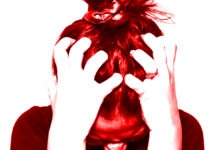If you lived in Key West from 1937 to 1946 (because I’m certain there are many octogenarian and nonagenarian Keys Weekly readers), you might have met former U.S. poet laureate Elizabeth Bishop. Maybe you bumped into her doing the rhumba at Sloppy Joe’s. Or pedaling her bike about town, taking in the colors of the sea and trees of which she was so enamored. Then again, she was quite shy (until after a few cocktails), so there’s a good chance you didn’t meet her.
Thus, allow me the pleasure of introducing you now, so you’re ready to posthumously wish her a happy birthday at a Feb. 8 party in her honor at the Gardens Hotel.
Bishop arrived in Key West when she was 27, visiting with her Vassar College sweetheart Louise Crane.
“I hope it will be my permanent home someday,” she wrote to a friend.
A year later they returned and bought a home together on White Street — an eyebrow house with vertical tongue-and-groove siding that cost $2,000 and required $500 in repairs.
Bishop was not a prolific writer. She wrote only 101 poems in her lifetime. She aspired toward accuracy, labored over syllabic placement and diction while maintaining mystery, a tension beneath the surface of what – on first read – might seem too simple.
In a 1978 interview, a year before her death, she said she could carry a poem in her head “for 10 minutes to 40 years” before committing it to paper. “I don’t think a good poet can afford to be in a rush.”
But 1937 was a productive year. The island of Key West was a quiet escape from Manhattan and seemed a balm for Bishop’s chronic asthma and intense perfectionism. Her first Key West poem, “Late Air,” was published in the fall of 1938. She went on to become what critics hailed as one of the most important American poets of the 20th century.
Her first book, “North & South,” was a collection of poems published in 1946, inspired by her routine of wintering in Key West and summering in New York City. She won the Houghton Mifflin Poetry Prize Fellowship for it, and later, multiple Guggenheim Fellowships, the Pulitzer Prize, and the National Book Critics Circle Award.
I first met Bishop in an anthology in college, reeled in by one of her more famous poems, “The Fish.”
Unlike some of her contemporaries, she was not confessional or intrusive, but kept a levity and a distance I connected with, an irony I admired. I marveled at how simple language could be so evocative. I was drawn to her observation of the world and its objects, and to her reflection of nature and our place within it:

“The Fish” by Elizabeth Bishop:
I caught a tremendous fish/ and held him beside the boat / half out of / water, with my hook / fast in a corner of his mouth. / He didn’t fight. / He hadn’t fought at all. / He hung a grunting weight, / battered and venerable / and homely. Here / and there / his brown skin hung in strips / like ancient wallpaper, / and its pattern of / darker brown / was like wallpaper: / shapes like full-blown roses / stained and lost / through age. / He was speckled with barnacles, / fine rosettes of lime, / and infested / with tiny white sea-lice, / and underneath two or three / rags of green weed hung down. / While his gills were breathing in / the terrible oxygen / —the frightening gills, fresh / and crisp with blood, / that can cut so badly— / I thought of the coarse white flesh / packed in like feathers, / the big bones and the little bones, / the dramatic reds and blacks / of his shiny entrails, / and the pink swim-bladder / like a big peony. / I looked into his eyes / which were far larger than mine / but shallower, and yellowed, / the irises backed and packed / with tarnished tinfoil / seen through the lenses / of old scratched isinglass. / They shifted a little, but not / to return my stare. / —It was more like the tipping / of an object toward the light. / I admired his sullen face, / the mechanism of his jaw, / and then I saw that from his lower lip /—if you could call it a lip— /grim, wet, and weaponlike, / hung five old pieces of fish-line, / or four and a wire leader /with the swivel still attached, / with all their five big hooks / grown firmly in his mouth. /A green line, frayed at the end / where he broke it, two heavier lines, /and a fine black thread / still crimped from the strain and snap / when it broke and he got away. /Like medals with their ribbons / frayed and wavering, / a five-haired beard of wisdom /trailing from his aching jaw. / I stared and stared /and victory filled up /the little rented boat,
from the pool of bilge / where oil had spread a rainbow / around the rusted engine /to the bailer rusted orange, / the sun-cracked thwarts, /the oarlocks on their strings,
the gunnels—until everything / was rainbow, rainbow, rainbow! /And I let the fish go.

Like Bishop, I left New York City and came to Key West at 27. I’d done my dissertation on her, delved into her sense of displacement in the world, her sense of never feeling quite home. She was shuffled back and forth between Nova Scotia and Boston by her grandparents and aunt after the death of her father when she was a baby and the loss of her mother to an insane asylum when she was 5. Like many of us, she found solace on the island.
“I liked living there,” she said. “The light & blaze of colors made a good impression on me, and I loved the swimming.”























